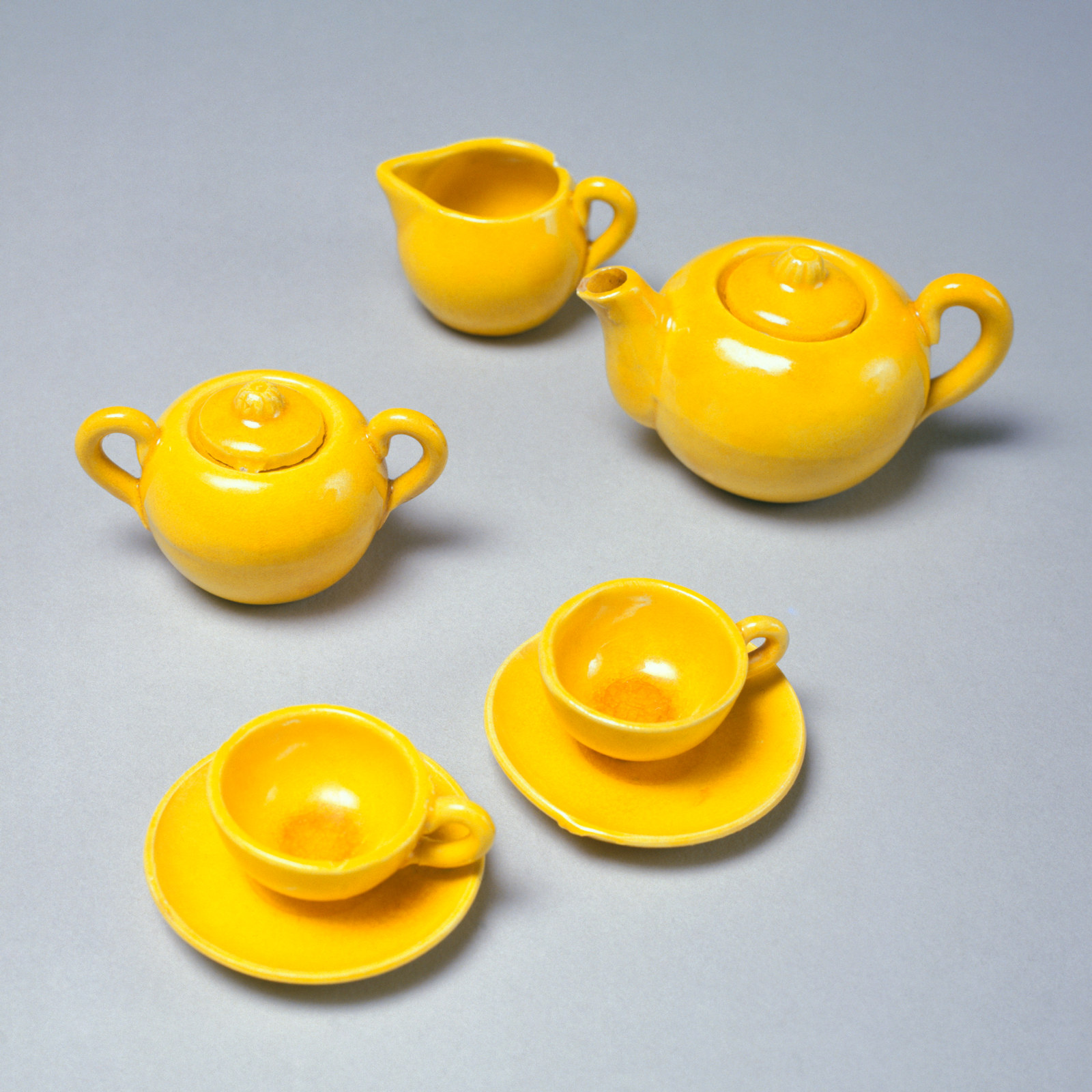Close to the heart
Expressions of love and endearment have long been embodied in keepsakes or jewellery worn or held close to the body.
A shirt stud in the shape of a serpent in the collection at Vaucluse House represents undying love, a convict token at Hyde Park Barracks demonstrates love in exile and Kenneth McKenzie’s portrait from Meroogal may be an example of unrequited love. A higher love is perhaps expressed through Catherine Joyce’s ornately carved cross brought with her as a young immigrant from Ireland. Familial affection for those who have departed this life, in the form of mourning or memorial jewellery, is represented by brooches and lockets at Rouse Hill House.
Captain Andrew Buchanan
Andrew Buchanan (c1738-1813) of Mersheen in County Wexford, was commissioned as a Lieutenant-Fireworker in the Royal Irish Regiment of Artillery in February 1760, promoted to Second Lieutenant in February 1765, to First Lieutenant in March 1771 and to the rank of Captain in August 1776. He was later a member of the Duncannon Yeomanry and suffered a large loss of property at the hands of the insurgents during the Irish Rebellion of 1798. This portrait miniature of him came into the collection at Rouse Hill House through his granddaughter Eliza Ann (Bessie) Buchanan (1843-1924), following her marriage to Edwin Stephen Rouse in 1874. Bessie was born in New South Wales but met her Irish Buchanan relatives in 1867-1868 while on an extended trip “home” to Ireland, Scotland and England with her parents. She may have been given the miniature at that time. It contains a plaited lock of Andrew Buchanan’s hair encased behind glass at the back of the portrait.
Convict Love Token
Sometime in early 1825, a convicted man, confined to a hulk on the River Thames and awaiting transportation to the Australian colonies, engraved a poignant personal message on a smoothed-down 1797 English ‘cartwheel’ penny. On one side two lovebirds flutter above a heart drawn around the paired initials ‘EWN / CD’. The reverse is inscribed: THIS IS A TOKEN FROM MY HAND FOR I AM GOING TO VAN DIEMANS LAND 1825. The token was probably made by Cornelius Donovan, a young man convicted at the Old Bailey in December 1824 for stealing 18lbs of sewing cotton from a London haberdasher. He was sentenced to transportation for 7 years and spent four months on board the hulk Bellerophon before being transferred to the convict ship Medina on 6 April 1825, along with 178 other male convicts. The Medina left Sheerness Downs, off the coast of Kent in the English Channel, on 19 April 1825 and arrived in Van Diemen’s Land on 8 September 1825. Cornelius Donovan was 19 years old.
Edwin Stephen Rouse portrait brooch
This tiny ambrotype portrait of Edwin Stephen Rouse (1849-1931), 4.5 cm in length, has been mounted in a rococo style pinchbeck frame to make a brooch, probably as a keepsake for his mother, Hannah Terry Rouse nee Hipkins (1819-1907). Edwin Stephen was the fifth and youngest child of Hannah and her husband Edwin Rouse (1806-1862) and he was the grandson of Richard and Elizabeth Rouse of Rouse Hill House in the Parramatta district of New South Wales. He was born at the Rouse family property Guntawang near Mudgee in the central west of New South Wales, but by the time this photograph was taken, probably in late 1855, Edwin and Hannah Rouse and their children had come to live at Rouse Hill House. Edwin Stephen inherited Rouse Hill House after the death of his father in 1862 and in 1874 he married Eliza Ann (Bessie) Buchanan, daughter of William Buchanan, civil engineer, surveyor and pastoralist.
J.D. Pinnock’s shirt stud
This tiny item of men’s jewellery, less than 1.5 cm in diameter, was presented to the Trustees of Vaucluse House in 1964 by Sir Kenneth Whistler Street (1890-1972), former chief justice and lieutenant-governor of New South Wales. Street believed that the stud was one of three that had been given to colonial civil servant James Denham Pinnock (1810-1875) in 1839, and that it contained a strand of ‘Miss Wentworth’s hair’, held within a channel running through the coils of the ruby-eyed serpent. The gold stud itself is highly symbolic with the serpent representing undying love and the rubies standing for passion. The inclusion of a thread of hair makes this an emotionally charged item of jewellery. And that raises a question about the identity of ‘Miss Wentworth’ and her connection to Mr Pinnock. ‘Miss Wentworth’ was probably one of the daughters of D’Arcy Wentworth (1762-1827), the founder of the Wentworth dynasty in Australia, but the rest of the story is, alas, long since lost.
Kenneth McKenzie’s locket
This decorative engraved brass locket is double-hinged to create a secure pocket-book flap around a hand-coloured photograph of a shy young man. The young man is Kenneth McKenzie (c1835-1922), the youngest of six children of Thomas and Mary McKenzie, Scottish emigrants to the Shoalhaven district on the south coast of New South Wales. In the early 1860s Kenneth worked as a mining clerk on the goldfields at Mitchell’s Creek near Bathurst in the central west of New South Wales and this locket probably relates to a friendship formed by Kenneth at that time. A lacy Valentine’s Day card was sent to him at Mitchell’s Creek in February 1863 and survives among his papers at Meroogal, the Nowra house he designed for his widowed sister Jessie Catherine Thorburn in 1886. Perhaps the locket was intended as a gift for this unknown admirer? Kenneth returned to the McKenzie family farm at Cambewarra around 1871. When he was in his fifties he proposed marriage twice but was turned down on both occasions and remained a bachelor for the rest of his life, active in community organisations and a keen bushman and amateur woodworker.
Mourning brooch for John Terry
This mourning brooch memorialises John Terry (1806-1842), husband of Eleanor, nee Rouse (1813-1898). They married at St John’s Church Parramatta in May 1831 and had five children, two of whom died in infancy. Both John and Eleanor were born in New South Wales: Eleanor was the daughter of free settler Richard Rouse of Rouse Hill House and John was the step-son of Samuel Terry, an extremely wealthy emancipated convict known in his own lifetime as the ‘Botany Bay Rothschild’. John Terry owned substantial property at the time of his marriage including an estate called Box Hill, near Windsor, a property that had originally belonged to his step-father. John died at Box Hill, apparently from injuries received through a fall from his horse. The mourning brooch gives the details on the back: John Terry, died 25th November 1842, aged 36 years. The glass enclosure in the front of the brooch contains a lock of brown hair tied with a piece of blue thread.
Pendant cross
This cross, 8.5cm long, made of vulcanite in an ornate moulded floral design, belonged to Catherine Eleanor Joyce who was born around 1832 in Cong in County Mayo, Ireland, and died in 1893 in Bourke in outback New South Wales. Catherine arrived in Sydney in January 1850 on a ship called the Panama, along with 156 other young women and girls who came to New South Wales as assisted migrants in the wake of the Great Irish Famine of 1843-1848. On arrival in Sydney, Catherine and the other girls were accommodated at the newly established Female Immigration Depot at Hyde Park Barracks, where they awaited employment. She was a house servant, one of several on the ship. The rest of her shipmates were nursemaids, needlewomen, dairymaids, housemaids, laundresses, kitchen-maids and farm servants. They were among 4114 single and orphaned young women selected from Irish workhouses and offered the opportunity of work and wifehood in a new land. Catherine Joyce found wifehood less than two years after her arrival, although her husband turned out to be a rogue and a bigamist. After they parted company she lived with her children in Bourke where her youngest son, Robert Stuart Robertson, joined the Australian Labor Party. He was later elected to the New South Wales Legislative Assembly, described by party leader Jack Lang as a “strait-laced reformer”.
Portrait miniature of Richard Rouse
This portrait miniature painted on ivory depicts Richard Rouse (1774-1852), builder of Rouse Hill House in the Parramatta district of New South Wales. The portrait is encased in an engine turned 18ct gold case, similar to a pocket watch case. It seems to be a mourning object, a variant on the more usual mourning brooch, and relates to an 1847 crayon portrait of Rouse by William Griffith, a local Parramatta artist who in the 1840s enjoyed a reputation as 'an excellent likeness painter'. Richard Rouse was born in Oxfordshire, England, the son of a joiner and cabinetmaker. He emigrated to New South Wales in 1801 on board a ship called the Nile, with his wife Elizabeth, a young daughter, and a son born on the voyage. He became a substantial landholder in the Parramatta and Hawkesbury districts and also had extensive pastoral interests in the central west of New South Wales. He is described in the Australian Dictionary of Biography as the 'type of pioneer that the colony needed, a devoted family man, a loyal member of the Church of England, a hard-working and honest public servant and a very efficient grazier'.
The Rouse sisters’ locket
This pretty engraved and chased silver locket with a beaded edge has a Birmingham hallmark with a date letter for 1905 and the maker’s mark W T & S, but the pair of photographic portraits of young girls contained within the locket are of a much earlier date. They were the daughters – and only children – of Edwin Stephen Rouse and his wife Bessie, nee Buchanan. The eldest was Nina Beatrice Rouse (1875-1968) born in January 1875 at Lara, the Darlinghurst home of her Buchanan grandparents. Her younger sister, Kathleen Buchanan Rouse (1878-1932) was born at Lara in July 1878. The photographs were taken around 1880 by Sydney studio photographers Freeman & Company. By 1905 Nina had been married for ten years and was herself a mother. Kathleen, on the other hand, had become a seasoned traveller, remembered in her family for bringing back odd bits of jewellery and other trinkets from her sojourns abroad. Perhaps this locket was bought by Kathleen as a gift for her mother on one of her journeys?
Thorburn brothers’ locket
This small finely engraved gold locket, 3.4 cm long, holds a pair of roughly cut tintype photographs of two young men. They are the Thorburn brothers, Tom on the left and Bob on the right, the sons of Robert Thorburn and his wife Jessie Catherine Thorburn, nee McKenzie, dairy farmers at Barr Hill near Jaspers Brush in the Shoalhaven district of New South Wales. Robert Taylor Thorburn (1847-1934), the eldest, was in his thirties when this picture was taken and was one of the proprietors of the Homeward Bound Gold Mine at Yalwal, west of Nowra. His brother James Thomas (Tom) Thorburn (1860-1935) was thirteen years younger, the seventh of eight children in the family. He was about to enter St Andrew's College at the University of Sydney from where he graduated as a Bachelor of Arts in May 1886. He then entered theological college and ultimately became a Minister of the Presbyterian Church of New South Wales, ordained in 1892.
Related
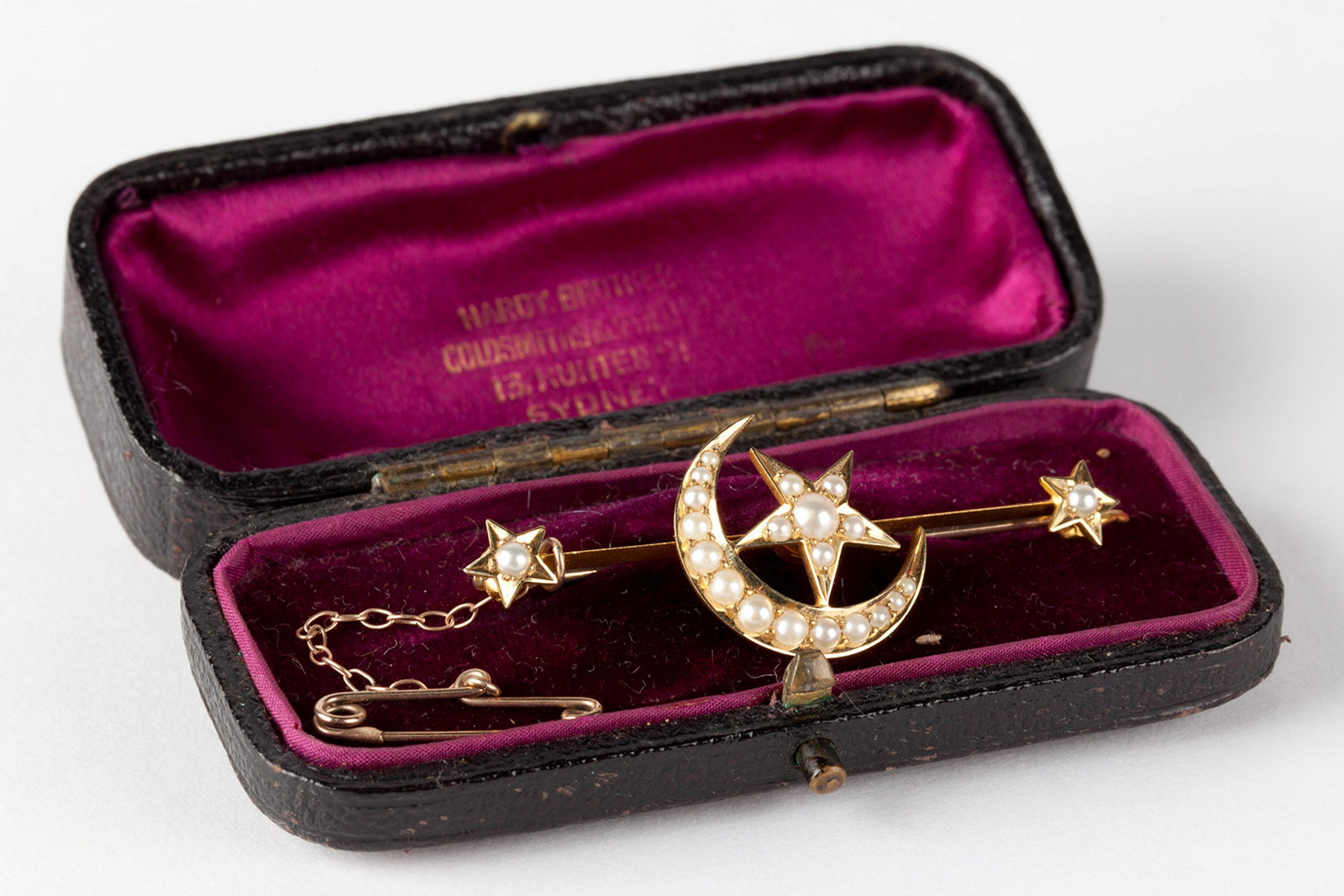
Baubles, brooches & beads
We wear jewellery as articles of dress and fashion and for sentimental reasons – as tokens of love, as symbols of mourning, as souvenirs of travel
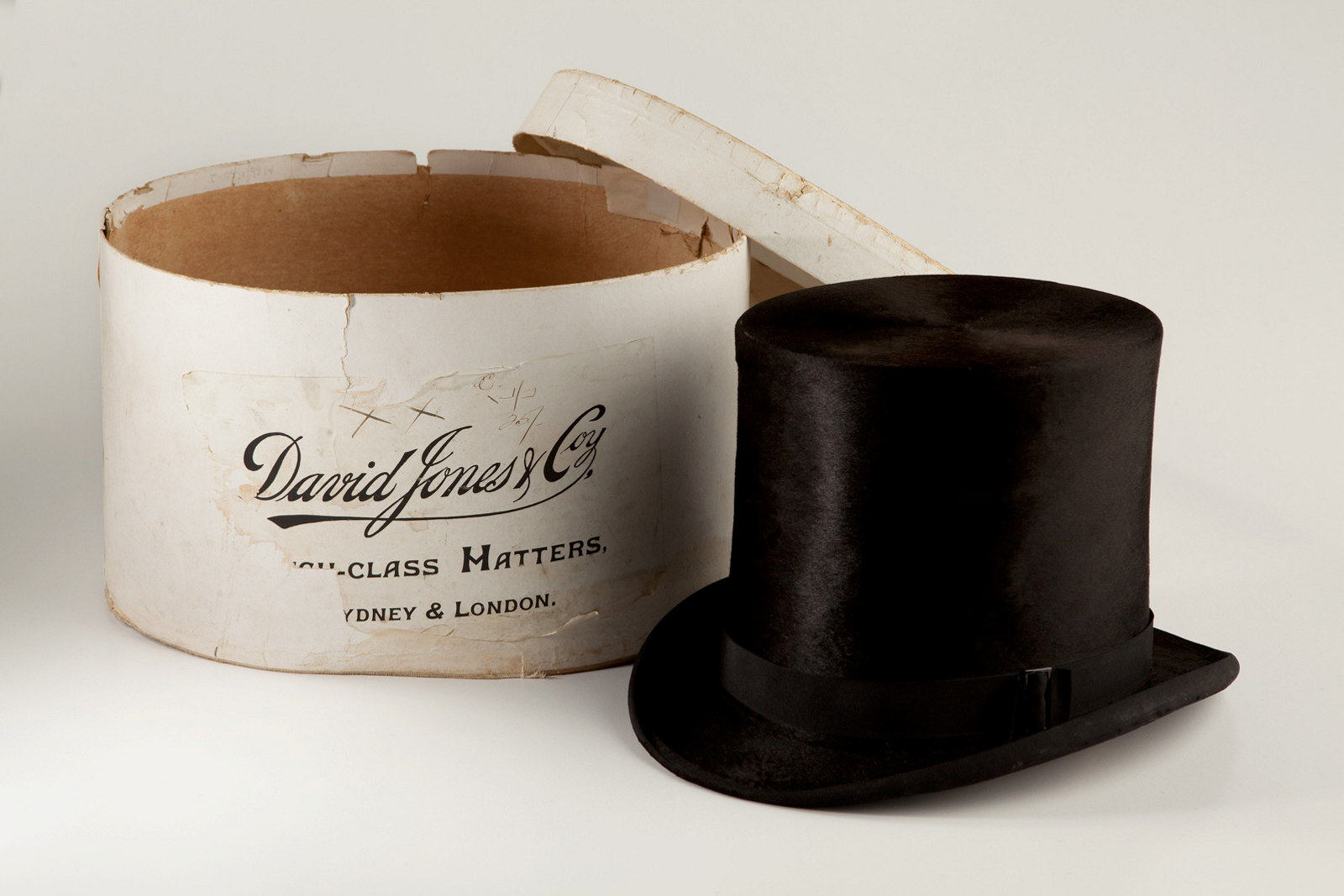
Bicornes, bonnets & boaters
There’s a variety of headwear across our collections ranging in date from early to late nineteenth century
Published on
Collection items
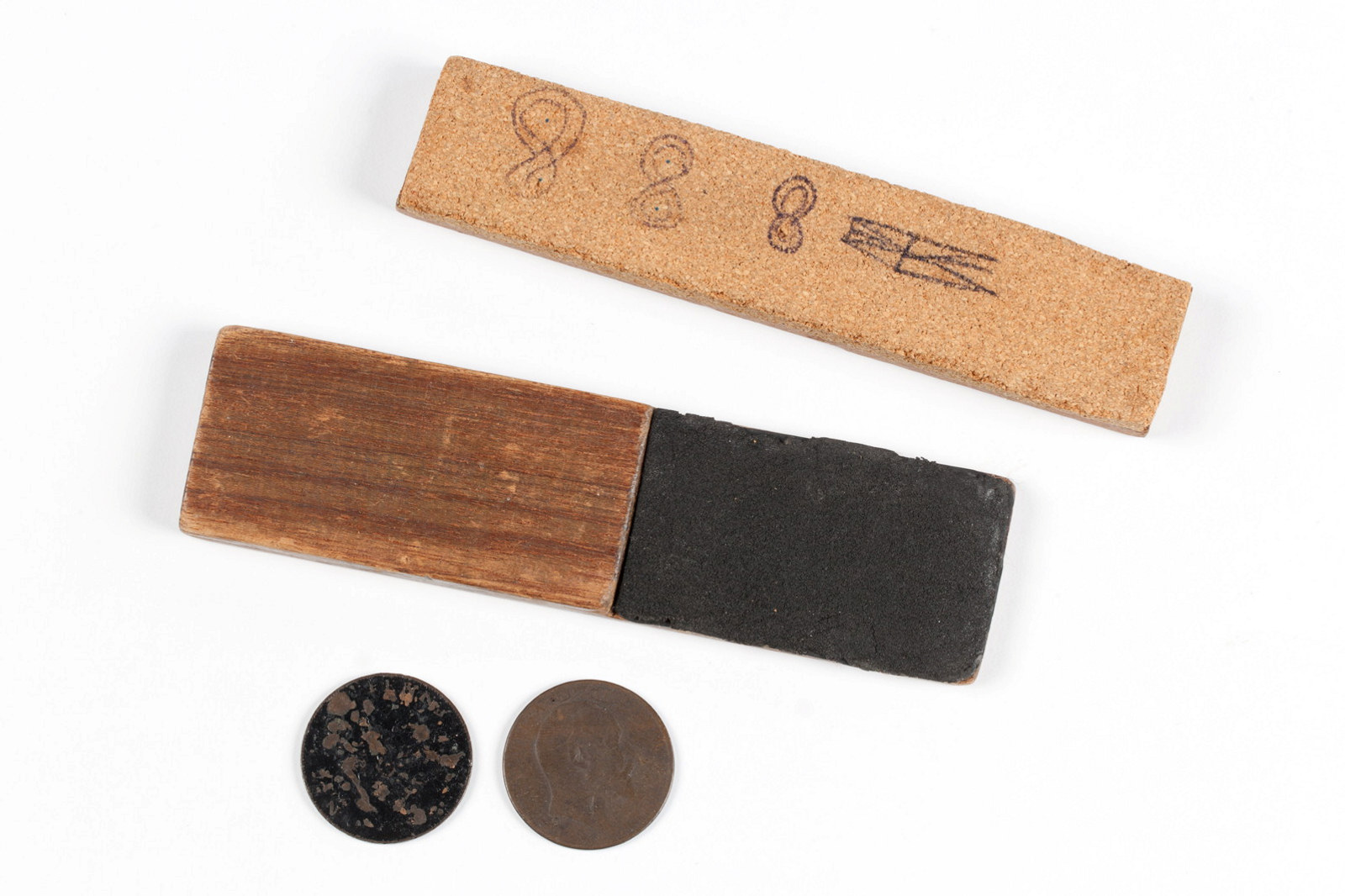
Come in spinner!
Gambling in Australia is regulated by the state and some types of gambling are illegal. The game Two-up, with its catch cry of ‘Come in Spinner!’, is legal only on Anzac Day and only in some states
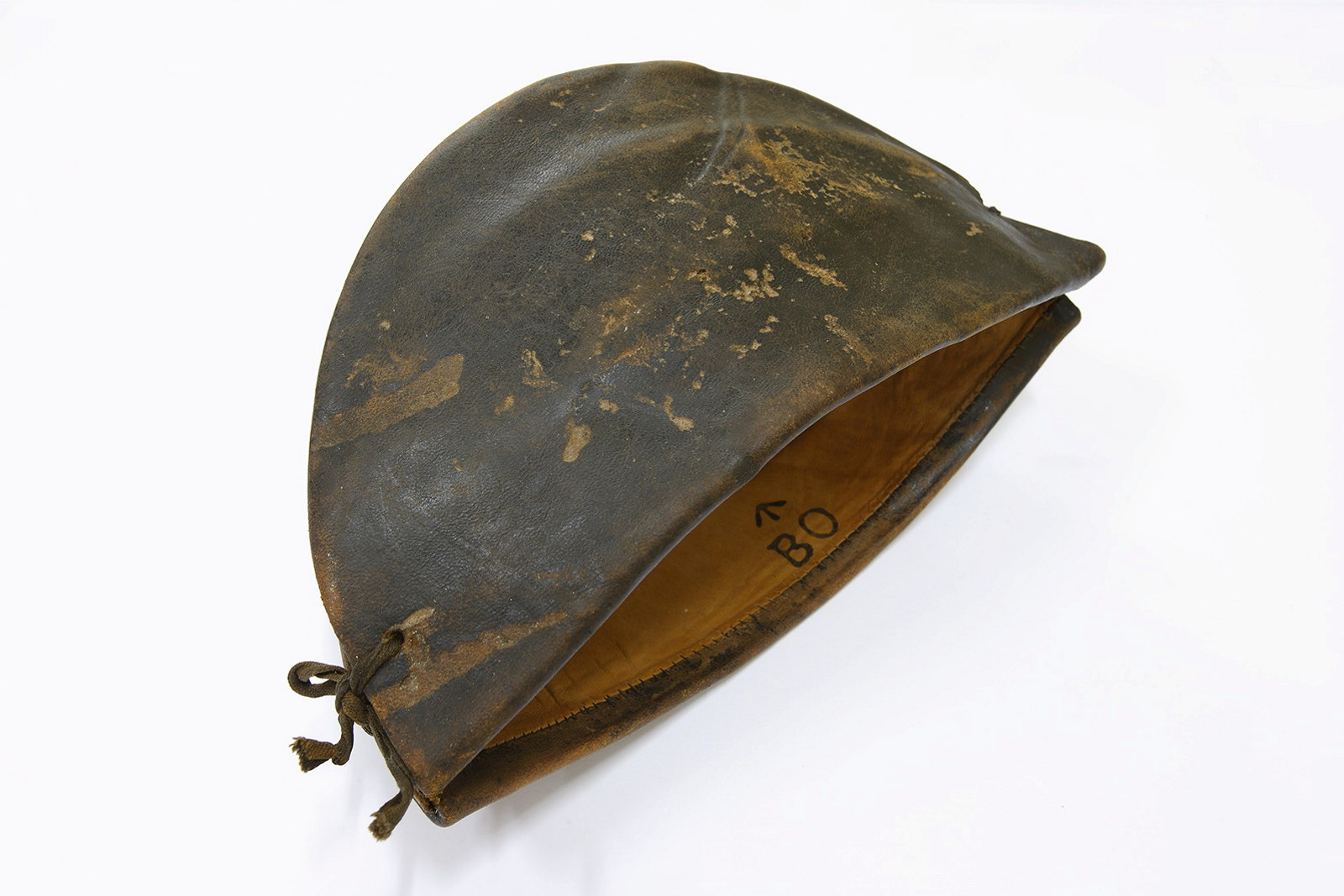
Convict Sydney
Convict cap
A hat was known as a castor or a kelp in the convict ‘flash’ slang language

The trophy cabinet
Trophies are symbolic objects, intended for display as evidence of achievement, especially of victory in a contest of some kind

Bicornes, bonnets & boaters
There’s a variety of headwear across our collections ranging in date from early to late nineteenth century
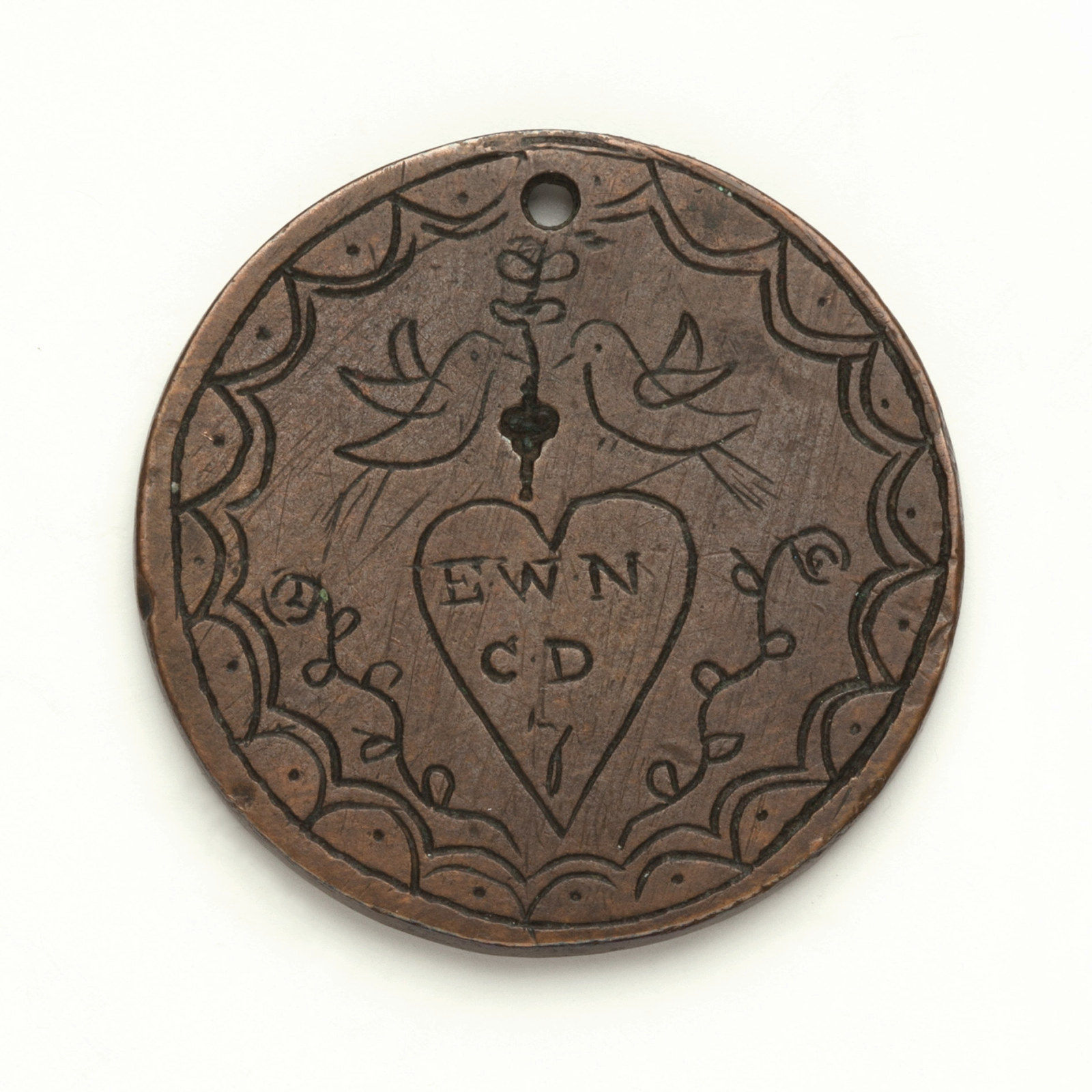
Convict Sydney
Love token, Donovan
This very detailed token was probably made by a nineteen year old called Cornelius Donovan
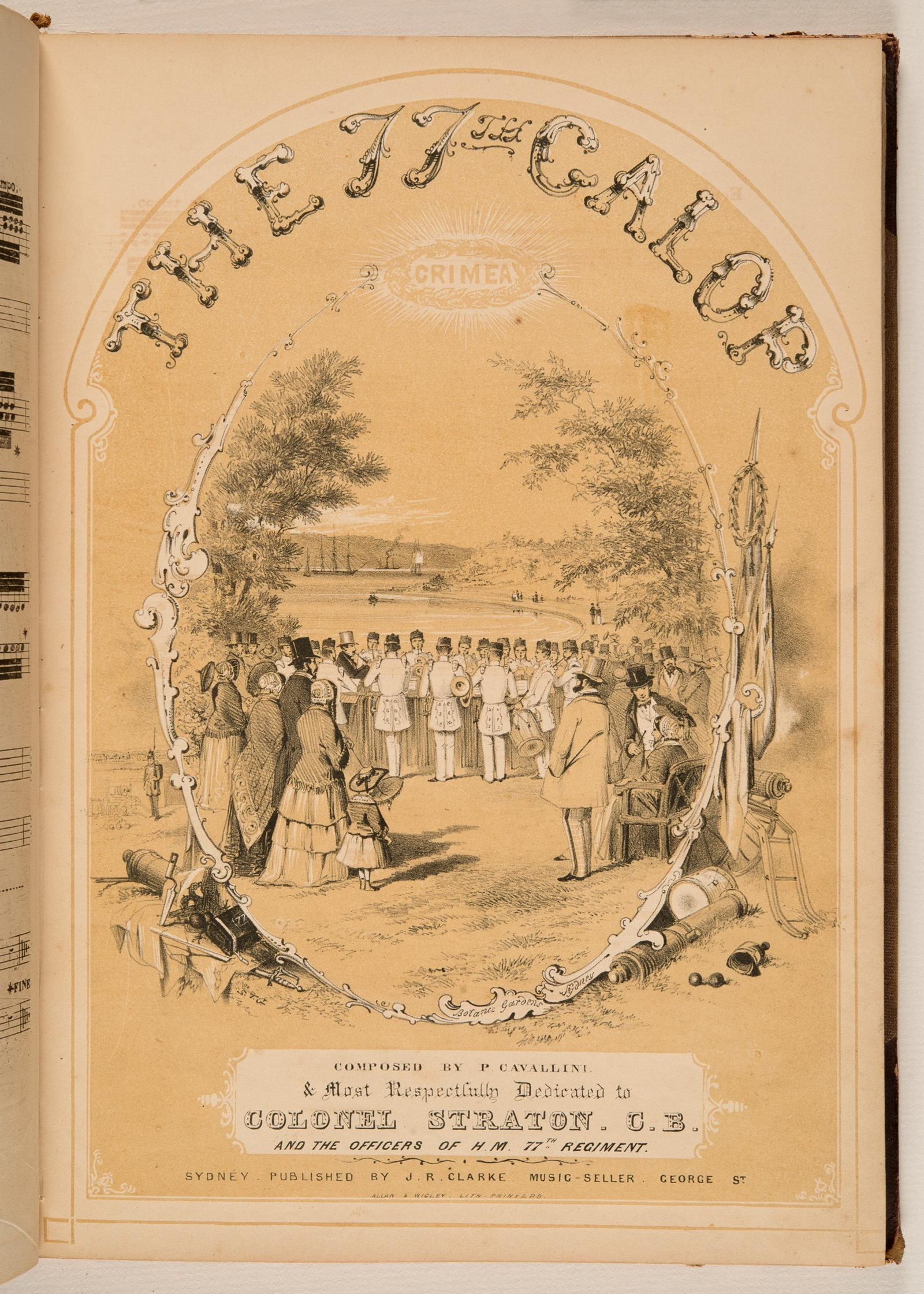
Reading the score
Since the early 1800s, Australian households have purchased sheet music to enliven their drawing room repertoire
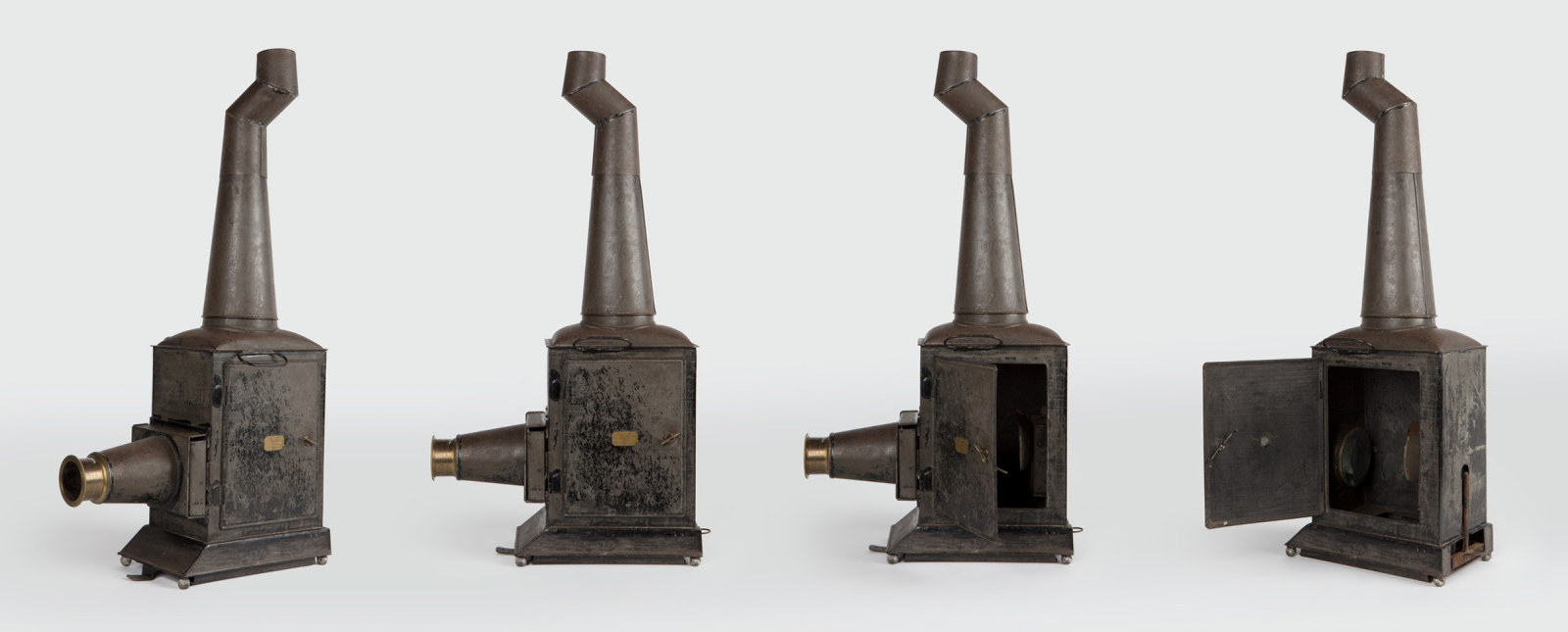
Magic lantern at Rouse Hill Estate
The Rouse Hill House magic lantern is a mid-19th century example of a form of image projector which dates back to the 17th century
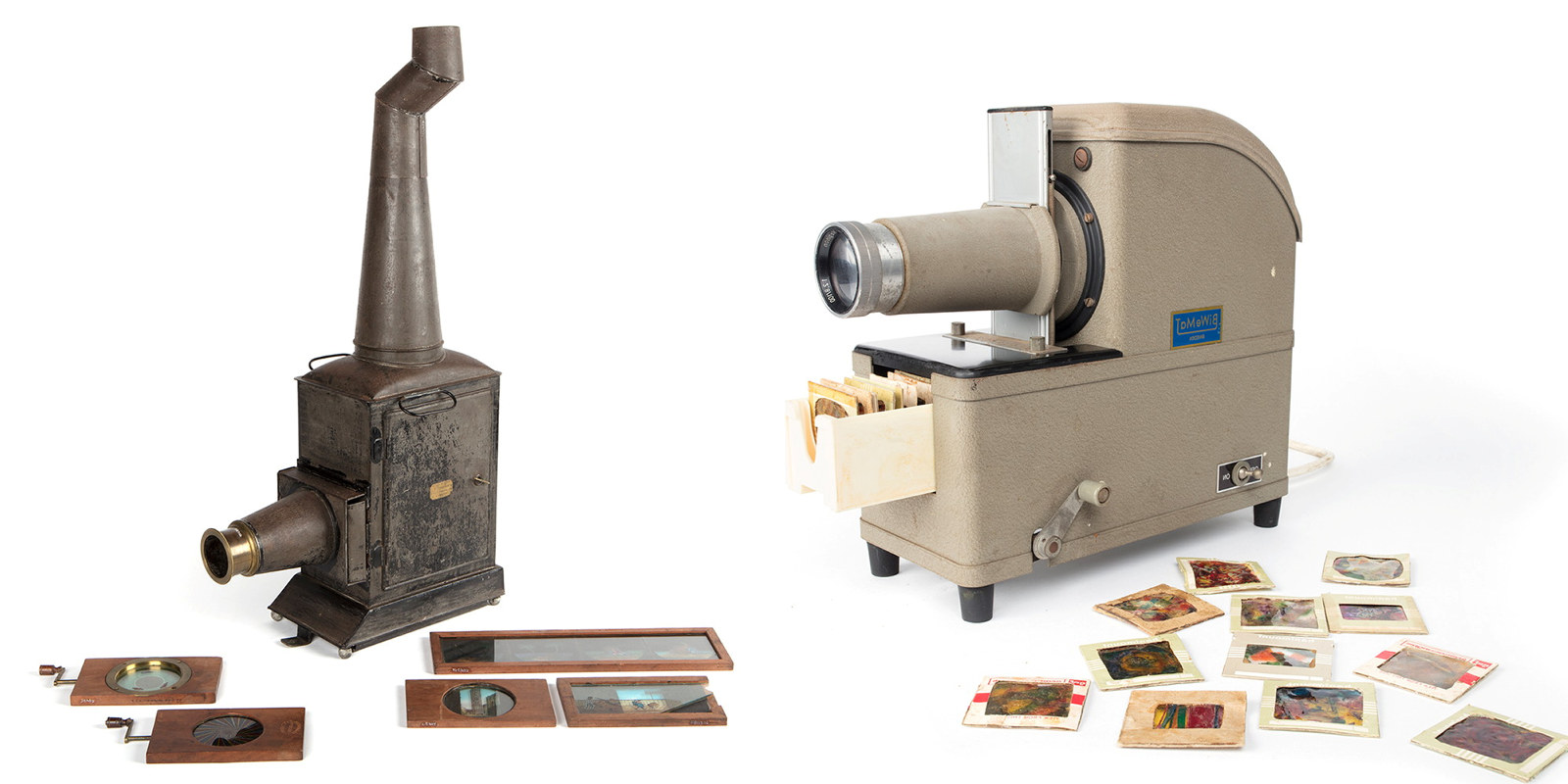
Projected across time
In the late 1960s, John Terry, then a young man living at Rouse Hill Estate, composed avant-garde music which he set to abstract projected images, and performed at various locations in Sydney
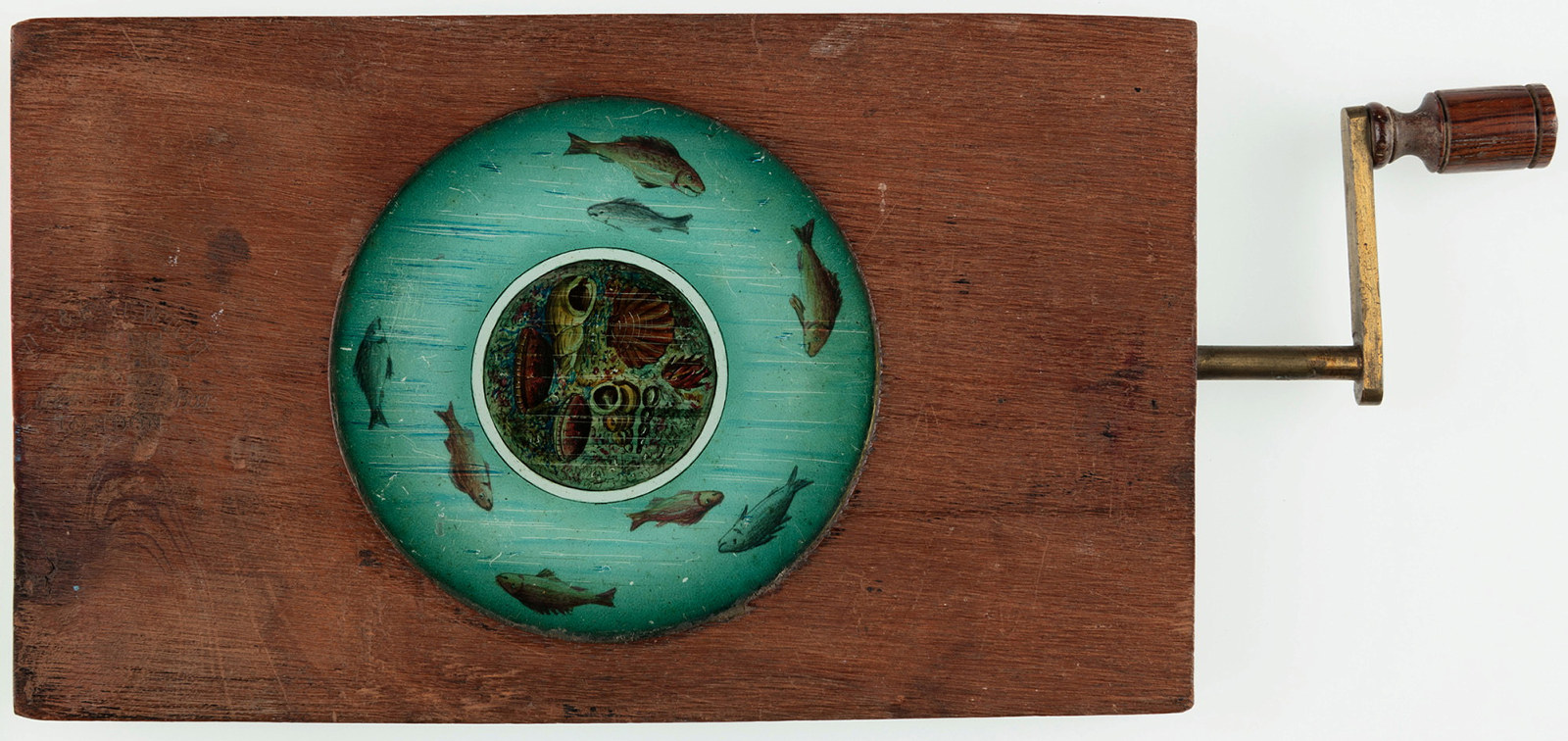
Animated comic sliders for magic lantern
The magic lantern was a popular entertainment technology in the 19th century used to project stories and comic scenes.
